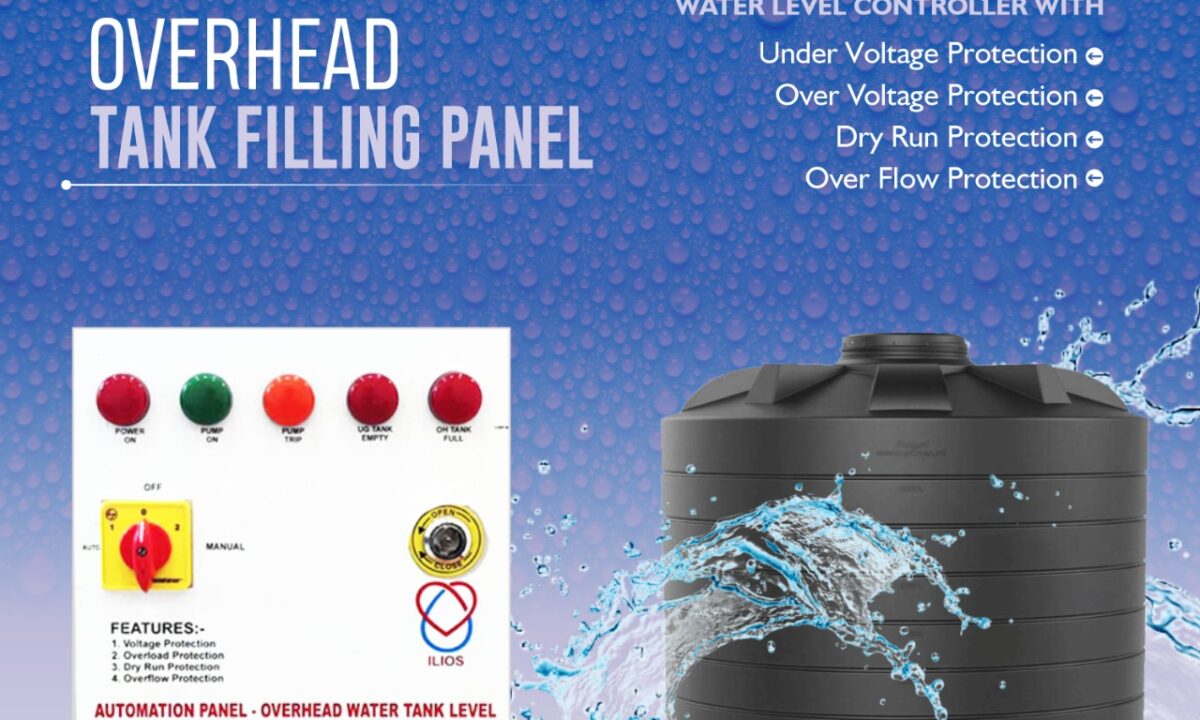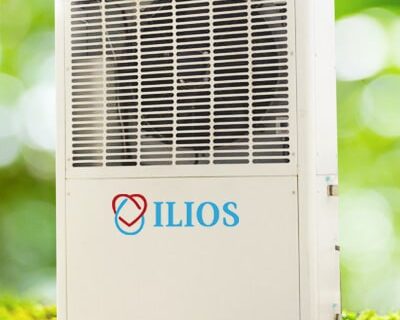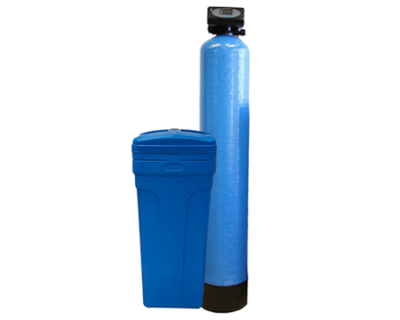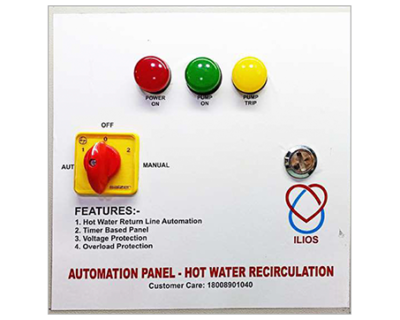
Overhead tank automation by the future of water management
Water is the most basic thing that a family, company, or industry needs to consume. It saves in the long run because it conserves less from not wasting. Some solutions for modern water management include overhead tank automation wherein it gives the ease, dependability, and peace of mind it brings with it, along with controlling the automatic storage and distributing of water.
In this article, we will learn what overhead tank automation is, how it works, its benefits, and why you should consider implementing it in your home or business.
What Is Overhead Tank Automation?
Overhead tank automation is a system that automatically monitors and controls the level of water in an overhead water tank. It makes use of advanced sensors, controllers, and automated valves for the complete removal of the need to intervene in the on/off of the water pumps.
This automation allows water to be pumped into the tank only when it is necessary, thereby keeping the water levels at an optimum level without human monitoring. It also prevents problems that may be caused by overflow in the tank or motor burnout or running dry.
How Does Overhead Tank Automation Work?
The working of an overhead tank automation system is very simple and efficient. Here are the key components that make it possible:
Water Level Sensors: mounted inside the tank; determines the present water level and sends information to the controller.
Controller: this is the brains of the system; collects information received from sensors and decides how long the water pump should be active or in a resting position.
Automatic Pump Regulation This one controls the pump according to reading by the sensor; therefore, automatically turns on the pump if it reads as having low water level and it automatically switches off the pump in case of its reading being full.
Valves In addition to that, it is further automated using valves. These are in the position of preventing backflow to the supply if perhaps an adjustment to the water flow is to be carried out.
Optional: Alarms may be fitted into the system so that when some kind of aberration, like jammed pumps or little water in the storage, it shows an alarm.
Overhead Tank Automation Benefits
- Avoids Water Wastage
The primary problems of the overhead operated water tank are overflow. Overhead tank automation ensures the pump gets closed immediately when the tank becomes completely full as the sensor and controller deliver the result.
- Energy Consumption
Continuous running of a water pump without tracking results in electricity bills. Automation ensures the pump runs only when required and, hence saves energy consumption to a huge extent.
- Convenience
The monitoring as well as handling of the overhead tanks itself is a time-consuming thing to manage over head and water pumps. The over head tank automation makes whole lot simpler, so you have less importance other things to do.
- Saves Your Pump
Dry running or else damaging the pump by over loading may damage it in due course. The automation of your system ensures that it takes under secured conditions only, thereby improving your overall life and reducing maintenance.
- Monitoring 24/7
The system works around the clock, even when you’re away. Whether you’re at work, on vacation, or asleep, overhead tank automation ensures a steady water supply without your intervention.
- Customizable Settings
Most modern overhead tank automation systems allow a user to set desired water levels, choose operative timings, or receive signals for any specified condition.
Applications of Overhead Tank Automation
The automation of overhead tanks is not confined to residential streams alone and is applicable in other various streams.
Residential Buildings: Ensures the automatic supply of water for various domestic daily usage without any effort of humans.
Commercial Properties: Hotels, office buildings, and shopping complexes can quite easily manage their operational water requirement through automation.
Industrial Units: Factories and warehouses that consume much water will require automation systems so that they do not face any water scarcity or wastage.
Agricultural Farms: The overhead tanks are automated to have the correct supply of water to the irrigation systems. The crop yields improve.
Educational Institutions: Schools and colleges can ensure uninterrupted supplies of water by conserving resources.
Some of the things to be considered before an overhead tank automation system is chosen are:
Durability of sensors: Choose sensors that are waterproof and will last in extreme conditions.
All types of pumps: Confirm if your system works well with the already installed water pump in your house.
Smart connectivity: These advanced systems are accompanied by Wi-Fi or Bluetooth connectivity which allows smartphone-based remote monitoring.
Easy to install: Try a system that is easy to install and maintain.
Energy-Efficient Design: Choose systems that consume almost no electricity.
Warranty and Support: Ensure the product has an efficient warranty and customer support system.
Why Overhead Tank Automation is the Future
Increasing requirements of conservation of resources and developments of automation technology have made overhead tank automation a need for modern living. With water scarcity turning into one of the major problems in the world, those systems that reduce wastage and optimize usage will become relevant.
Conclusion
Overhead tank automation is a practical, efficient, and eco-friendly solution for managing water storage and usage. Whether it is for a household, commercial property, or industrial setup, this system offers several benefits, including convenience, reduced wastage, and energy efficiency. This ensures peace of mind knowing that your water needs are managed seamlessly.




